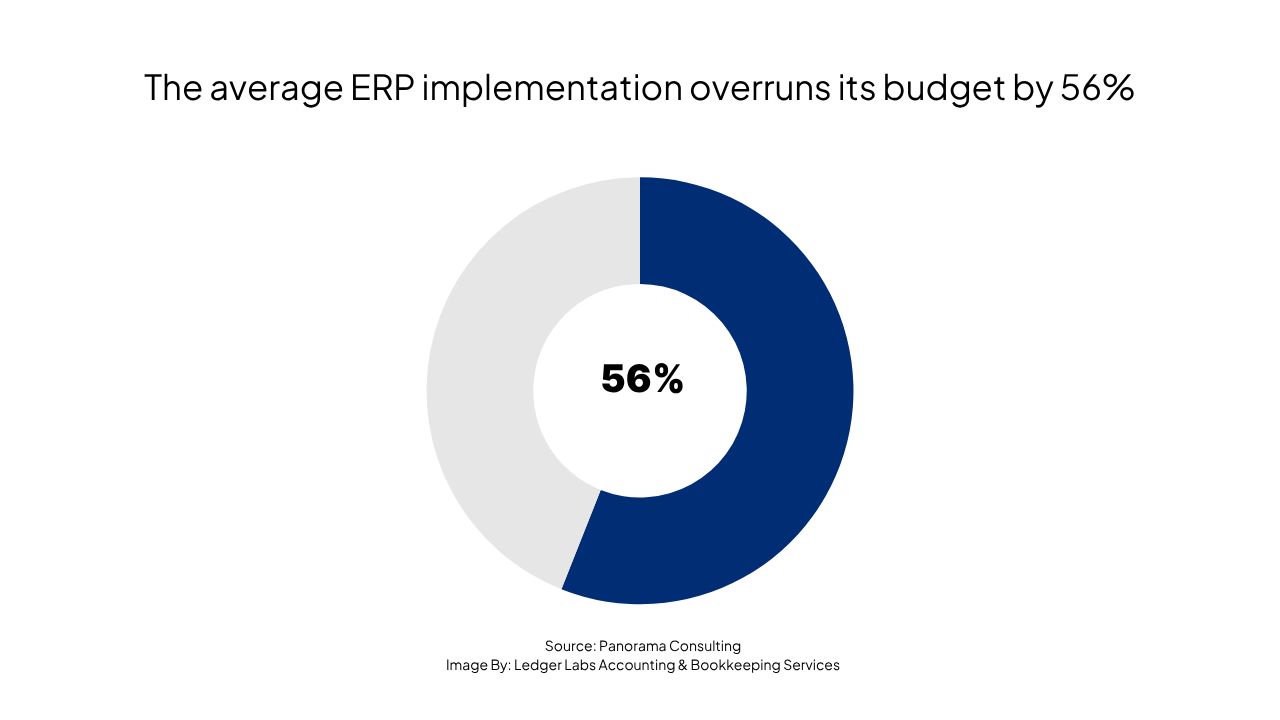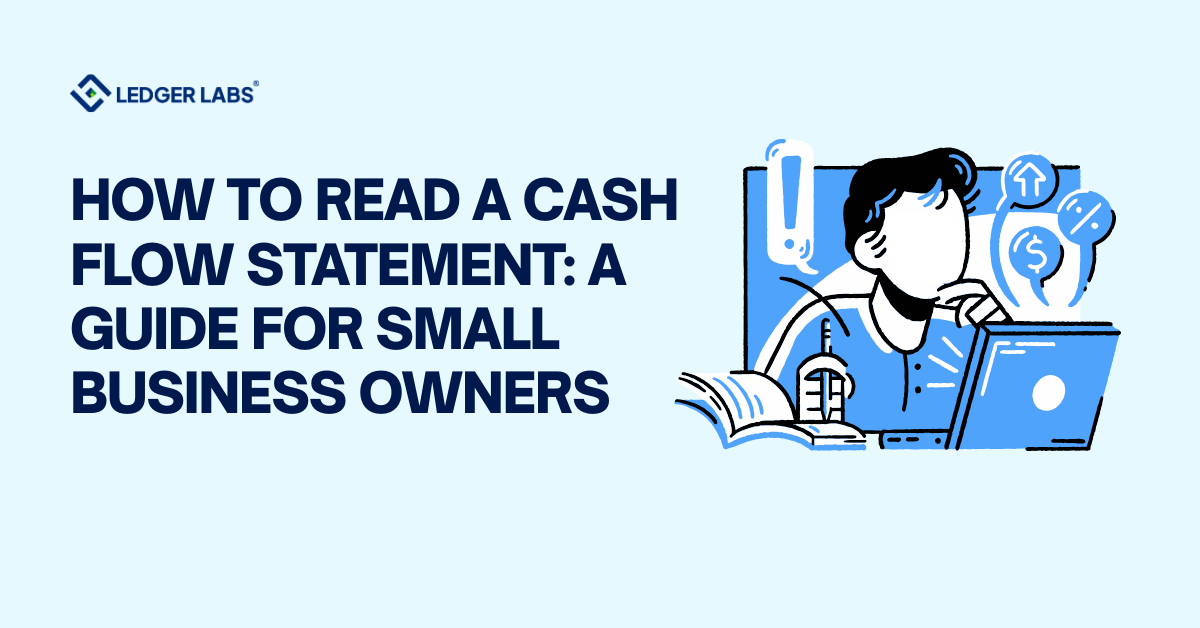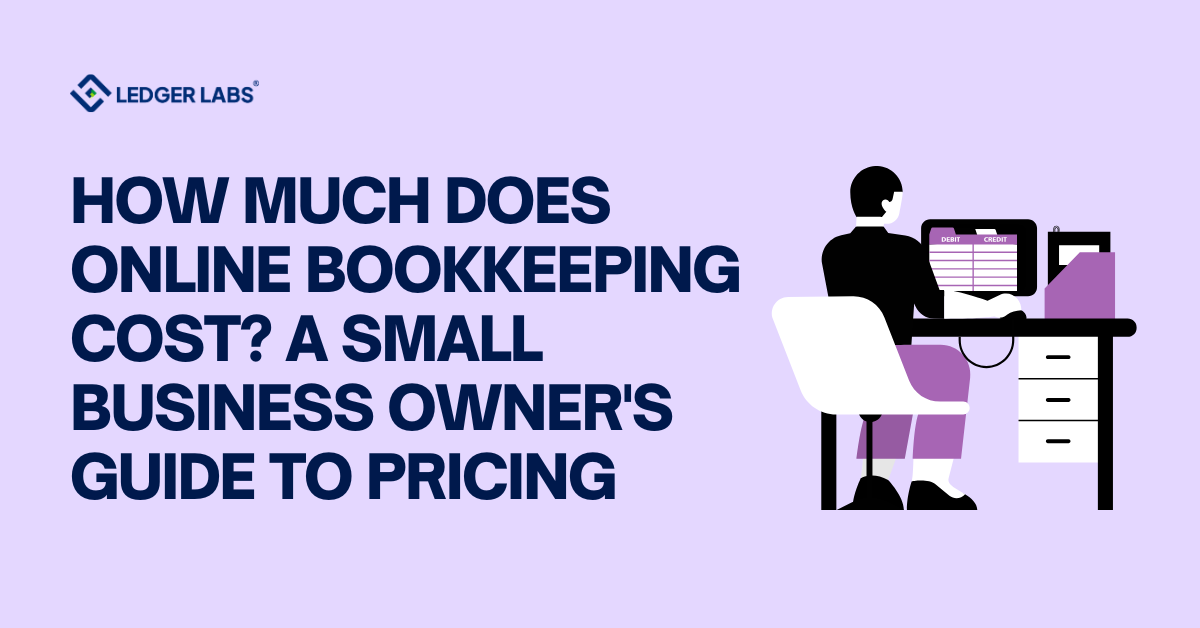DIY sounds and seems affordable.
On the surface, it looks like you’re saving thousands of dollars by handling your Odoo ERP implementation in-house.
However, underneath, the reality is often different.
Whether it’s Odoo or NetSuite ERP implementation, this exercise is not a checklist task. It’s a structural shift in how your business operates. Done right, it brings your processes, inventory, accounting, sales, and team into one well-oiled system.
And done wrong, it creates expensive blind spots and operational chaos.
This post breaks down the true cost of implementing Odoo yourself versus hiring a qualified partner, financially and otherwise.
If you’re about to roll out Odoo and are considering the DIY route, read this before making that decision.
- DIY implementations often delay launch and create costly rework.
- Hidden costs include misconfiguration, team fatigue, and bad data.
- Partners shorten timelines and bring system-wide clarity.
- Most businesses underestimate ERP complexity until it’s too late.
- Hiring right the first time prevents operational blind spots.
What You’re Getting Into With Odoo Implementation?
Most founders underestimate what an Odoo implementation actually involves.
They think it’s just a matter of installing the software, choosing a few apps, and adjusting some settings. The reality is more like launching a second business alongside your current one.
The setup phase alone requires technical expertise.
It includes:
- Hosting environments.
- Securing databases.
- And installing dependencies.
Then you have to decide which modules to use, figure out how they interact, and start customizing workflows to reflect how your business runs.
And that’s before the hard parts begin: migrating clean data from Excel sheets, syncing customer and supplier records, automating order processing logic, integrating with third-party tools, testing everything, and onboarding your staff.
Also Recommended: Odoo Automations You Probably Don’t Know About
Even basic configuration errors can result in huge issues, including invoices not syncing with delivery orders or incorrect tax rules being applied at checkout.
If Odoo is the nervous system of your business, implementation is neurosurgery. You don’t wing that.
Why DIY Looks Cheaper - But Costs More?
The most common reason founders go DIY is budget.
It’s understandable.
The early numbers are enticing: download the Community version for free, avoid upfront consulting fees, and keep everything internal.
But that math ignores the hidden cost layers.
According to Panorama Consulting, the average ERP implementation overruns its budget by 56%.

Most of that comes from delays, missed dependencies, and unexpected rework, exactly the kind of problems you face when going solo.
- The first is time. DIY implementation takes months, even for technical founders. Every configuration choice becomes a research project. You’ll be reading documentation, scouring forums, experimenting with workflows, while still running your actual business during the day.
- Every delay in getting Odoo up and running is a delay in streamlining your operations, fixing bottlenecks, and getting the reporting clarity you invested in the system for in the first place.
You’ll also likely need to redo parts of your implementation. Misconfigured modules don’t just stop working, they create bad data. And once bad data flows into your accounting or CRM, untangling it later can be harder than starting over.
When DIY Can Be Justified?
There are edge cases where DIY does make sense.
If you’re a small team with technical expertise, using Odoo in a very narrow scope, say, just for basic invoicing or internal CRM tracking, you can likely get it running without external help.
The same goes for exploratory builds.
If you’re testing the system, mapping out future workflows, or experimenting before committing to a larger rollout, a DIY trial can be a smart move.
But the moment your implementation touches multiple departments, requires automation, or involves more than a handful of users, DIY starts to break down fast.
It’s the difference between building a weekend shed and constructing a house. One tolerates rough edges. The other can collapse if you get the foundation wrong.
The Real Value of Hiring a Partner
A good Odoo implementation partner doesn’t just write code or configure forms. They interpret your business model and translate it into a working backend system.
Most founders undergo ERP implementation only once. A qualified partner has done it dozens of times. They know which modules are stable, which customizations are risky, and how to sequence setup tasks so everything fits together smoothly.
More importantly, they shorten your time to value. While a DIY rollout might take you 6 to 12 months, a partner can usually do it in 1 to 4 months, sometimes faster if you’re responsive.
They also help you avoid problems you don’t know exist yet—like choosing modules that conflict, workflows that can’t be automated, or compliance risks in your accounting settings. They’re not just saving you time—they’re protecting your future.
Yes, the cost ranges widely.
A simple implementation might start around $7,000.
A complex one can hit $30,000 or more.
But compare that to the cost of six months of stalled operations, frustrated staff, or redoing the system from scratch.
In short, you’re not buying a configuration. You’re buying stability, accountability, and speed.
What the Numbers Actually Look Like?
Let’s move past assumptions and put real numbers on the table. Because “cheaper” only matters when you define what’s being paid for, and what happens when you cut corners.
Here’s a rough breakdown comparing the two approaches:
| Aspect | DIY Implementation | Hiring a Partner |
|---|---|---|
| Software Cost | Free (Odoo Community version) | ~$20/user/month (Odoo Enterprise license, if used) |
| Developer Time | 200–500 hours (varies with complexity) | Minimal internal time required |
| Opportunity Cost | Lost productivity, delayed efficiency gains | Faster ROI due to quicker deployment |
| Post-launch Rework | Common—especially for inventory, accounting, and integrations | Less likely—handled by experienced professionals |
| Support & Maintenance | Internal (or often neglected) | SLA-based support, including upgrades, backups, and troubleshooting |
| Implementation Fee | There are no direct costs, but the developer time investment is high | $7,000–$40,000 (depending on project scope) |
| Timeline | Uncertain, depends on internal availability and expertise | Typically 1–4 months |
| Internal Time | Highly owned and driven internally | Significantly reduced due to external ownership |
The sticker price of a partner seems higher at first, but the total cost of DIY usually escalates once you factor in time, do-overs, and missed revenue opportunities.
The Invisible Costs No One Talks About
Numbers are easy to calculate. The more dangerous costs are harder to see until you feel them.
1. Stress and leadership burnout
When the founder is also the ERP manager, every missed configuration becomes a fire to put out. You’re in the weeds, trying to debug cron jobs instead of managing growth or hiring your next operator. Over time, these bottlenecks affect decision-making across the entire business.
2. Team frustration and slow adoption
If your system isn’t intuitive, your team won’t use it right. That leads to garbage data, duplicate work, and growing resentment. Eventually, they either revert to spreadsheets or create shadow workflows. Either way, you lose visibility.
3. Fragmented operations
ERP systems are supposed to unify your data. But when implemented halfway, Odoo ERP can also face challenges. This means sales uses one process, inventory follows another, and finance ends up reconciling the mess manually. This creates a fragile business, vulnerable to breakdowns.
You’ll see it in minor signs: missed orders, incorrect tax calculations, and warehouse staff confused by purchase orders that don’t match stock levels.
That’s not inefficiency. That’s instability.
So, What Should You Do?
If you’re still undecided, use this filter. If you answer “no” to any of the following, hiring a partner is probably your best move.
Do you (or someone on your team) understand Odoo’s internal architecture?
- Do you have time to delay implementation by 3–6 months if needed?
- Are you confident you won’t need custom workflows or third-party integrations?
- Can your internal team train others on how to use the system effectively?
- Is your current business structure simple enough to mirror in Odoo with minimal changes?
- Are you prepared to troubleshoot and support this system in-house long-term?
It’s not about technical ego. It’s about business priority. If your time is better spent elsewhere, outsource this once, and do it right.
Conclusion
Odoo is a powerful system. But power without structure is chaos.
Doing it yourself can work if you know the tool, have the time, and your needs are simple. But if you’re trying to build a system that actually supports scale, it pays to bring in someone who’s done it before.
Because what you’re buying from an implementation partner isn’t a software setup.
You’re buying faster clarity. Cleaner data. Fewer errors. And the ability to operate confidently without second-guessing every report.
Spend once. Get it right. And move on to building the rest of your business, with a system that works.
And what better way to do that than partnering with an Odoo accounting firm, Ledger Labs?
At Ledger Labs, we approach each ERP implementation as business architects, not mere software installers.
Our commitment to real-world outcomes has made us a trusted partner to hundreds of successful U.S. businesses.
Schedule a meeting with us and let’s ensure your ERP system is an accelerator of growth, not a roadblock.












